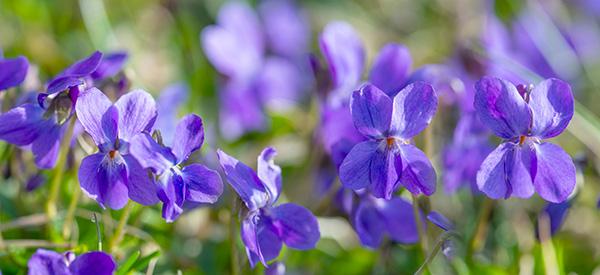
Sweet Violet
Sweet violet (Viola odorata) is one of the hundred species of violets identifiable by its sweet scent. Its fragrance is regarded as one of the most beautiful aromas in the plant kingdom, which paved its popularity in perfume production. This bushy plant has edible flowers, leaves, and stems. Its petals are also widely used in cake and patisserie decorations. What is interesting about the sweet violet is its elusive smell. Due to its chemical compound, it desensitizes the nose which leads to the temporary loss of smell receptors. Its lovely scent goes away after a sniff so that you can smell its flower once only.
Sweet violet is a plant with an interesting history in romance and medicine. Its folk use is credited to the treatment of whooping cough and headache. But, they were cultivated in Ancient Greece and used in making perfumes, cosmetics, and wines. In Medieval France, the troubadours used sweet violet to represent the tales of their chivalrous love.
Where Sweet Violet Is Found
Sweet violet grows in meadows, hedge banks, and fields. The plant is highly-adaptive and grows in many climates and habitats all over the world. Sweet violets are often found in marshes and woodlands, but they may also survive in deserts. It is a plant native to Europe and Asia that has spread to Australia and North America over time.
Related: The Complete Map of Edible Plants: Find Out What You Have in Your Area! (Video)
How To Identify Sweet Violet
Sweet violet is a hardy evergreen that grows in horizontal runners. It has blue to purple blooms with a sweet aroma. Some varieties may bear white flowers. This dainty wildflower that you can smell only once produces a showy spring appearance.
- Leaves. Sweet violet has palmate leaves with an oblong or heart-shaped appearance. Its leaf blades are symmetrical with serrated margins. It has basal leaves that grow only at the base of the plants. They are dark-green and sparsely-haired on the upper leaf surface.
 Flowers. The edible and fragrant flowers of sweet violet are showy with blue or purple to lavender in color. It is about 1/2-inch with five petals, the lowest of which is larger than the others and has a spur. The side petals are hairy except for the spurred one. They may sometimes bend or hang downwards.
Flowers. The edible and fragrant flowers of sweet violet are showy with blue or purple to lavender in color. It is about 1/2-inch with five petals, the lowest of which is larger than the others and has a spur. The side petals are hairy except for the spurred one. They may sometimes bend or hang downwards.- Fruits and Seeds. The sweet violet has capsule-like fruits that are also purple or lavender. It is about 1/4-inch with short hair. The fruit is dry, and it splits open when ripe, releasing two or more sweet violet seeds. The seeds are smooth, longer than it is wide, and are about 4 mm in size.
- Roots. Sweet violets grow through runners or underground rhizomes that are stout and slender. They spread through stolon or its above-ground shoots.
- Stem. Since sweet violet has basal leaves, its stem is technically leafless. It only has scale-like bracts halfway or above it. Sweet violet can grow about 5 to 15 cm, but it can spread from 20 to 60 cm.
Related: Plant Identification Guide – 400 Wild Plants That You Can Forage For (Video)
Viola odorata is a bushy plant of the Violaceae or violet family. This family has about 400 to 500 species. The scent is what sets the sweet violet apart from other species. V. odorata has five known cultivars or varieties known as:
- odorata alba that grows white blooms
- Clive Groves with deep purple blooms
- Queen Charlotte can spread up to 2-feet
- Rosina with rose-colored flowers
- Wellsiana with deep purple blooms that gained the Award of Merit of the Royal Horticultural Society
V. odorata is known for many common names aside from sweet violet and common violet. It includes English Violet, Garden Violet, Florist’s Violet, fragrant violet, garden violet, or simply just violet.
How To Grow Sweet Violet
The charming perennial sweet violet is a beautiful addition to any garden and an excellent ground cover. It is ideal for growing in patio, woodland, or poolside landscape. Sweet violet is one of the best plants to put in a butterfly garden or cottage garden as well.
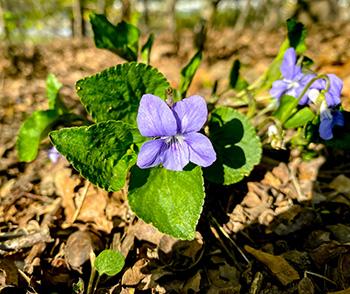 Propagating the sweet violet is relatively easy if you have the parent plant since it is easily propagated through its cuttings. The flowers are cleistogamous, making them self-pollinating. Violets spread faster through their underground rhizomes and form vegetative colonies. They tend to grow a new colony away from the parent plant.
Propagating the sweet violet is relatively easy if you have the parent plant since it is easily propagated through its cuttings. The flowers are cleistogamous, making them self-pollinating. Violets spread faster through their underground rhizomes and form vegetative colonies. They tend to grow a new colony away from the parent plant.
If you do not have an existing sweet violet but want to cultivate some, starting from seeds is also ideal. You can find it in most online stores, and are viable and ready for planting.
Growing Sweet Violet from Seeds
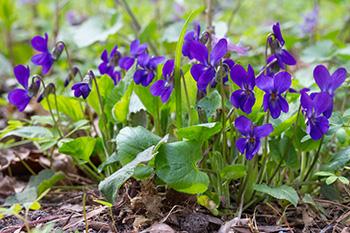 Viola odorata species are best to grow outdoors during late spring to early autumn. Place them in a zip-lock bag to germinate the sweet violet seeds. Keep the bag in a place of about 70⁰F temperature for two weeks. Then, transfer the bag into the refrigerator for four more weeks.
Viola odorata species are best to grow outdoors during late spring to early autumn. Place them in a zip-lock bag to germinate the sweet violet seeds. Keep the bag in a place of about 70⁰F temperature for two weeks. Then, transfer the bag into the refrigerator for four more weeks.
Sow the seeds into pots and lightly cover them. Cover it with glass and place it in a shady area, keeping the soil moist until germination occurs. Sweet violet seeds may take one to two months to germinate.
Transplant the young sweet violet seedlings when they are large enough to handle. Plant them in the partially shady area of the garden after the last frost of spring. Space the sweet violets at about 15 to 20 cm and water them regularly. Apply mulch on the base to keep the soil moist.
Growing Sweet Violet by Division
Propagate the sweet violet in a new location by breaking up a small portion of its roots. Pot the roots for a few weeks, maintaining the soil’s moisture until it is established. You can do this in spring until late summer.
Related: 10 Plants That You Should Never Plant Together (Video)
Plant Care and Maintenance
Sweet violet is winter hardy to USDA zone 6 and is relatively easy to grow. Although they can invade the garden, sweet violets are slow spreaders. They will grow best in shady areas and sheltered spots receiving partial sunlight. Generally, they are undemanding once they are established and the plant takes care of itself. However, they are not immune to diseases.
The sweet violet plant is prone to powdery mildew, pansy, leaf spot, rusts, and viruses. The plant is also attacked by slugs, snails, aphids, red spider mites, or violet gall midge. To prevent it, do not overwater the plant, or leave it dry to avoid the common pathogens.
Pest and disease prevention in plants are often remedied by proper plant management. Adequate care of the growing sweet violet plant includes:
- Partial shade or full sunlight in the cooler climate
- Deep, moist, and humus-rich organic soil with a pH level between 5.5 to 7
- Regular watering
- Liquid fertilizer at the beginning of spring
- Deadheading to prolong the flowering season
- Pruning in late fall after flowering is completed
Harvesting Sweet Violet
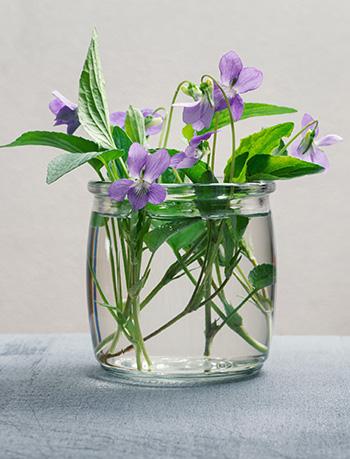 Sweet violet flowers are a boon to many cake decorators who use them as a garnish. If you want to harvest the blooms for this purpose, it is ideal during the cold season. The flowers will begin to wilt as soon as the weather gets warm.
Sweet violet flowers are a boon to many cake decorators who use them as a garnish. If you want to harvest the blooms for this purpose, it is ideal during the cold season. The flowers will begin to wilt as soon as the weather gets warm.
Harvest the sweet violets by clipping off the flower, leaves, or stem that you want to use. Wash them thoroughly after picking to remove dirt and debris.
If you want to keep violets for future use, you may also dry them. Drying will keep them for up to a year.
Dry the sweet violet parts by laying them on a towel over a drying rack. Set it in a dry and dark place for four to seven days. Once they are fully dried, transfer them to an airtight container and put them in a dark cupboard.
Related: People Weed Out These Plants, But Here’s What You Should Do Instead (Video)
What Sweet Violet Is Good For And Natural Remedies Made From It
Sweet violet is a nutritious herb with a valuable contribution to herbal medicine. It has long been used to treat respiratory illnesses, skin disorders, and insomnia.
Sweet violet is a mucilaginous plant, and its soluble fiber helps reduce cholesterol levels. It can also improve intestinal flora to aid digestion and promote gut health. It is important for people suffering from indigestion, bowel problems, and other stomach ailments.
The syrup of the sweet violet is also used as an expectorant to relieve cough. It helps soothe the throat, relieves congestion, and cures swollen lymph glands. The sweet violet syrup is best for dry cough and ear infections. It is also taken for bronchitis, respiratory catarrh, and asthma.
Research studies explore the possibility of using sweet violet for treating cancer. Sweet violet has anti-inflammatory, antipyretic, antioxidant, and antibacterial properties. Its high antioxidant activity and inhibitory effect are believed to treat the early stages of cancer and stupor tumor growth. It will also fight free radicals that are mainly the cause of cancer.
Sweet violet contains salicylic acid that can reduce pains and inflammations. It has the same action as aspirin which can cure headaches, arthritis, and other inflammation. It is also suitable for treating many skin problems like eczema and psoriasis.
The actions of the sweet violet are advantageous in the following areas of concern: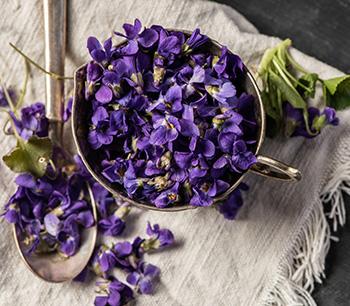
- Digestive problems
- Respiratory ailments
- Cancer, tumors
- High blood pressure
- Fever and flu
- Skin conditions
- Menopausal symptoms
- Hemorrhoids
- Mouth and throat infections
- Urinary troubles
What Parts Of The Sweet Violet Are Used For Remedies
The whole plant has a significant contribution in treating various illnesses. Sweet violet can be used internally or externally to relieve many symptoms.
Its leaves and flowers are consumed as food that can provide nutritional benefits such as vitamins A and C. Its flower buds and young leaves are eaten either raw or cooked like spinach.
The sweet violet flowers are used for treating lung troubles. The petals are also made into syrup for alleviating cough. Its roots are the strongest expectorant, but it contains alkaloid violine. Thus, sweet violet roots may cause vomiting and digestive disturbances in high doses. On the flip side, it also makes the sweet violet root an excellent emetic and purgative.
Sweet violet seeds are diuretic and purgative and are used for various urinary complaints. The whole fresh sweet violet plant is used in the homeopathic treatment of many health problems.
Related: The Plant That Is Sweeter Than Sugar And Helps People With Diabetes (Video)
Sweet Violet Milk
Ingredients:
- 1 ½ cups 2% milk (or any milk of choice)
- 1 tbsp. dried sweet violet flowers
- 2 tsp maple syrup
- ½ tsp vanilla extract
Steps:
- Add milk to a saucepan in high heat and bring to a boil.

- Turn off the heat, stir in the sweet violet flowers, cover, and let steep for 15 minutes.

- Whisk in the rest of the ingredients.

- Strain into a mug. You may add some fresh sweet violet flowers as garnish and enjoy while warm.
Related: 1 Cup Before Bed Shrinks Belly Fat All Night (Video)
How to use this remedy:
Take this healthy and soothing beverage as a comforting bedtime drink. It provides many health benefits, relieves stress, and alleviates fever and flu symptoms.
Plants That Resemble Sweet Violet
| Feature | Sweet Violet (Viola odorata) | African Violet (Streptocarpus ionanthus) | Common Dog Violet (Viola riviniana) |
|---|---|---|---|
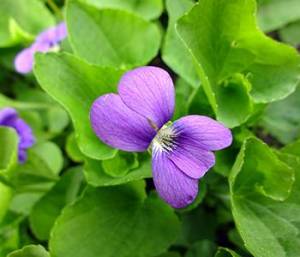 | 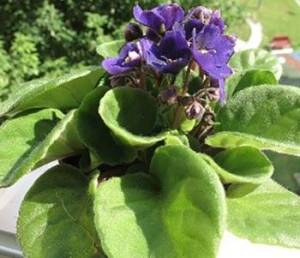 | ||
| Size | 10 to 15 cm | 15 to 22 cm | 5 to 20 cm |
| Leaves | Green; heart-shaped; showy; basal rosette; sparsely-haired | Green/ purple/ burgundy; velvety; simple; hairy; rosette | Bright green; rosette; kidney-shaped; serrated |
| Flowers | Dark blue or purple; solitary; five petals | Blue/purple; cyme; 4 to 5 petals | Blue-purple; spurred; five petals |
| Fruits/Seeds | Light purple; capsule | Green; capsule | 3-valved capsule |
| Stem | Creeping; leafless; scale-like bracts | Creeping; leafless | Leafy; branched |
| Scent | Candy-sweet | Scentless | Scentless |
Warnings And Cautions
Sweet violet is still under research studies to prove its efficacy, side effects, and proper dosage. Without much reliable information, pregnant and breastfeeding women should avoid using sweet violet supplements.
The herb is likely safe when taken as food. But when taken as a supplement, syrup, or tincture, a doctor’s advice is necessary.
Sweet violet nasal drops use should not exceed 30 days.
External application of essential oil and poultice are also likely safe. However, you should perform a patch test in case of an allergic reaction.
Using any herbs like sweet violet is not a safe alternative all the time. Herbal products may interact with medication and other herbs when taken together. Thus, to be safe, always consult and seek the advice of a qualified health professional before taking any herbal remedies.
How to Make Medicinal Blooming Tea
75+ Spring DIY Projects: No. 5 Will Take You by Surprise! (Video)
God’s Pharmacy: 10 Medicinal Plants from the Bible
A Medicinal Garden Kit for Starting a Small Backyard Pharmacy








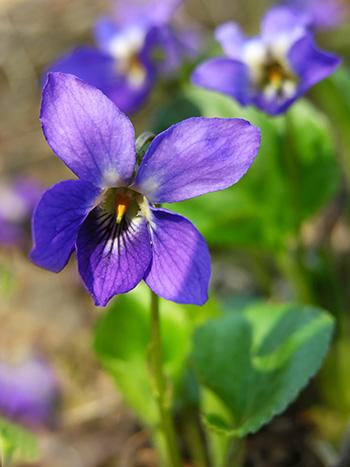 Flowers. The edible and fragrant flowers of sweet violet are showy with blue or purple to lavender in color. It is about 1/2-inch with five petals, the lowest of which is larger than the others and has a spur. The side petals are hairy except for the spurred one. They may sometimes bend or hang downwards.
Flowers. The edible and fragrant flowers of sweet violet are showy with blue or purple to lavender in color. It is about 1/2-inch with five petals, the lowest of which is larger than the others and has a spur. The side petals are hairy except for the spurred one. They may sometimes bend or hang downwards.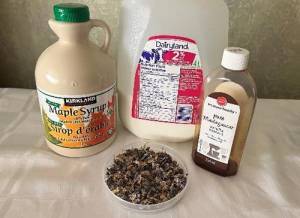

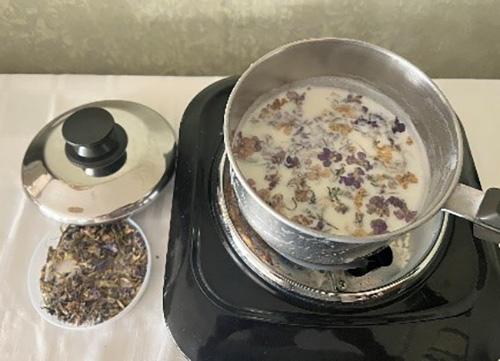
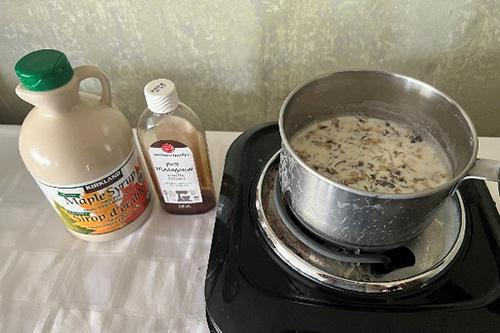

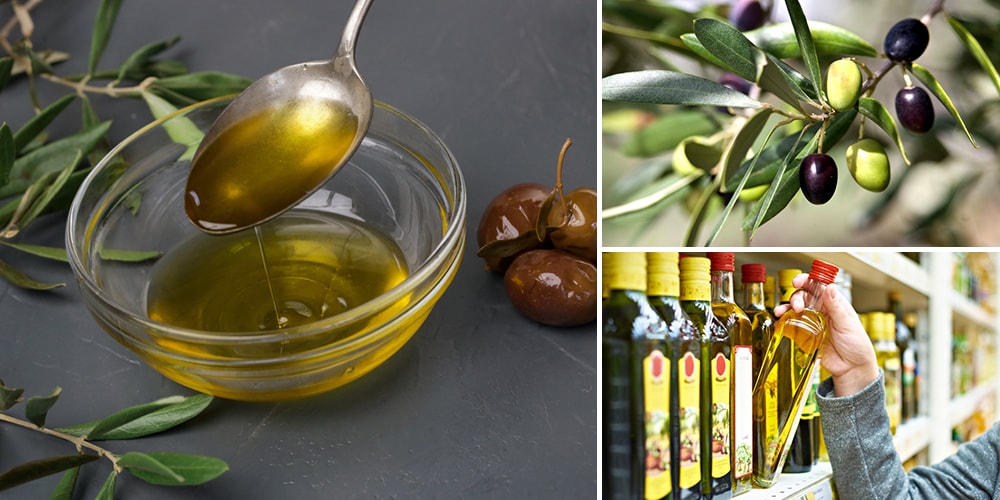


Thank you for this post! I copied the recipe and added it to my Lost Remedy book. ☺️
Thank you for the info. As a RN i appreciate this
Our violets are both this purple kind and the ones that are white with purple centers. I made jelly from them last year.
We have sweet violet in both purple and white. Is the white interchangeable with the purple?